Description
Labrang Monastery, located in northeastern Tibet at the strategic intersection of four major Asian civilizations–Tibetan, Mongolian, Chinese, and Muslim–was one of the largest Buddhist monastic universities. In the early twentieth century, it housed several thousand monks. Labrang was also a gathering point for numerous annual religious festivals, supported an active regional marketplace where Chinese artisans rubbed shoulders with Hui merchants and nomadic Tibetan highlanders, and was the seat of a Tibetan power base that strove to maintain regional autonomy through the shifting alliances and bloody conflicts that took place between 1700 and 1950.
Paul Nietupski draws on the photographs and memoirs of Marion and Blance Griebenow, Christian missionaries resident for nearly twenty-seven years, as well as the memoirs of Apa Alo, a prominent leader, to detail Labrang’s unique and colorful border culture.

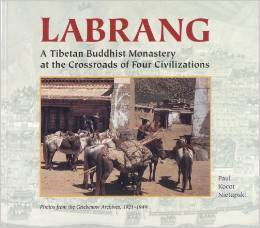
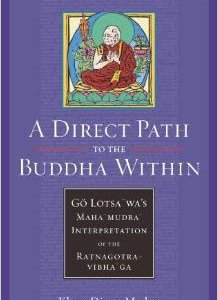
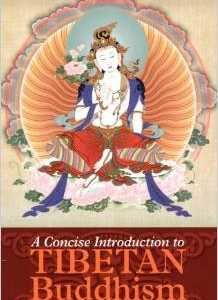
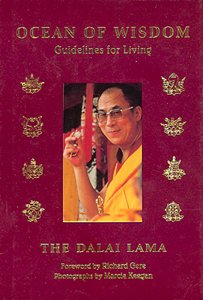
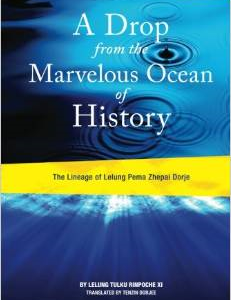
Reviews
There are no reviews yet.